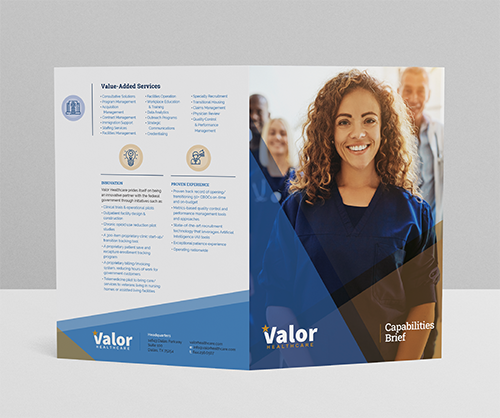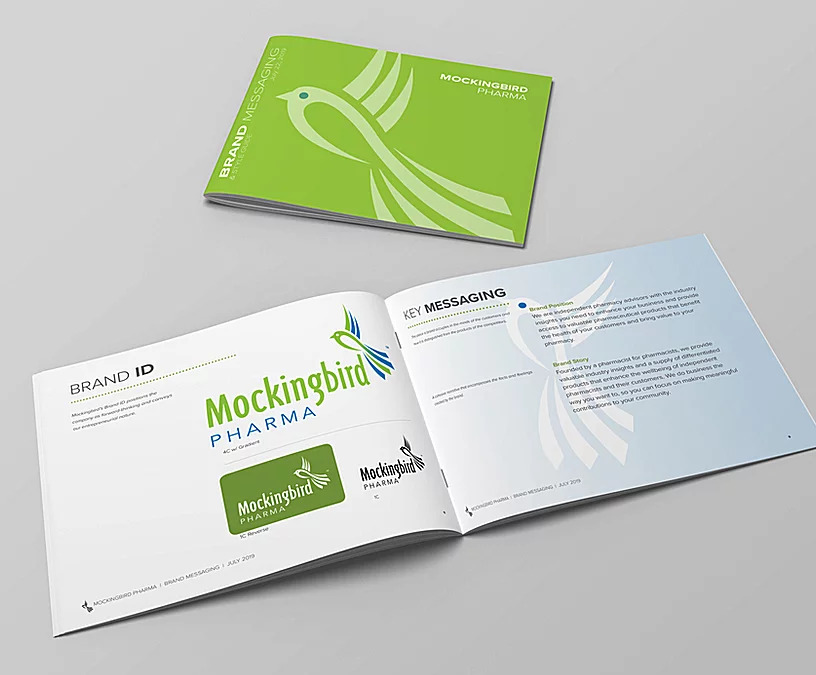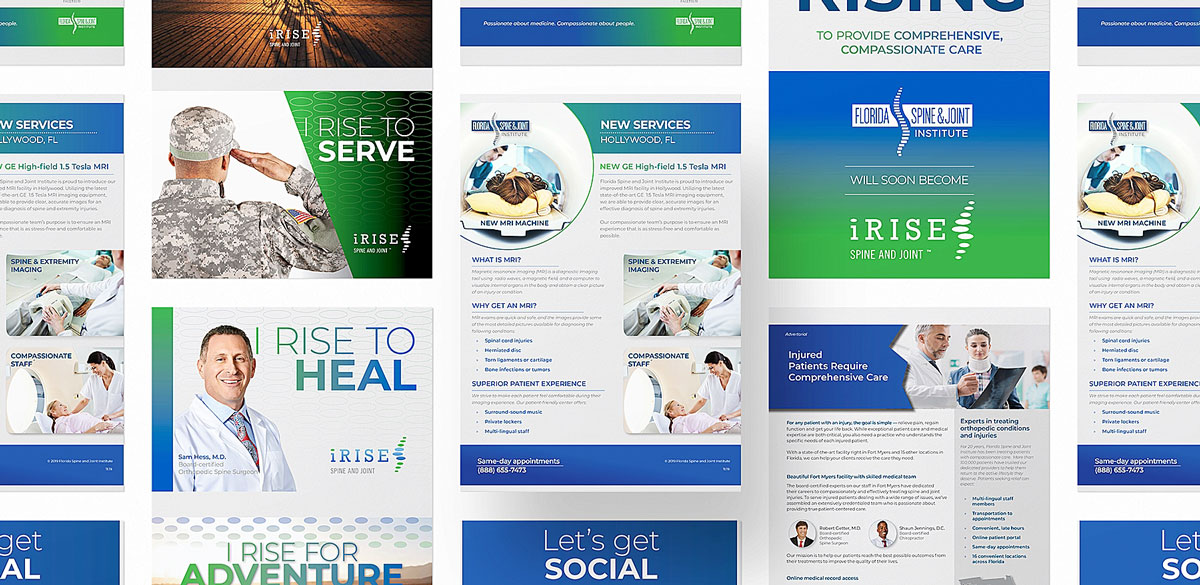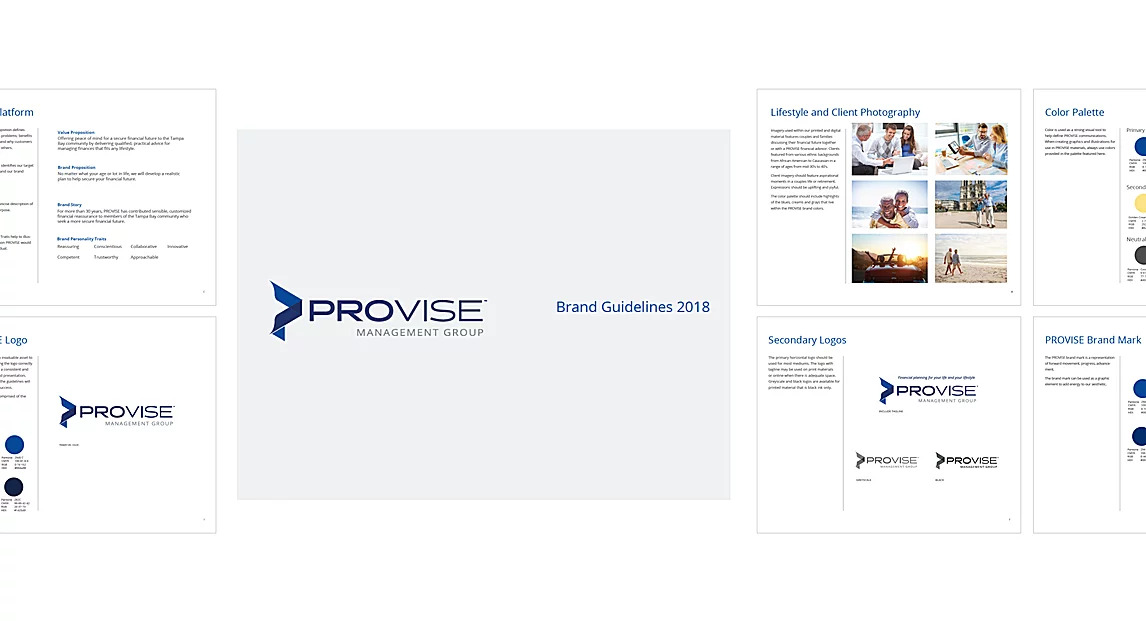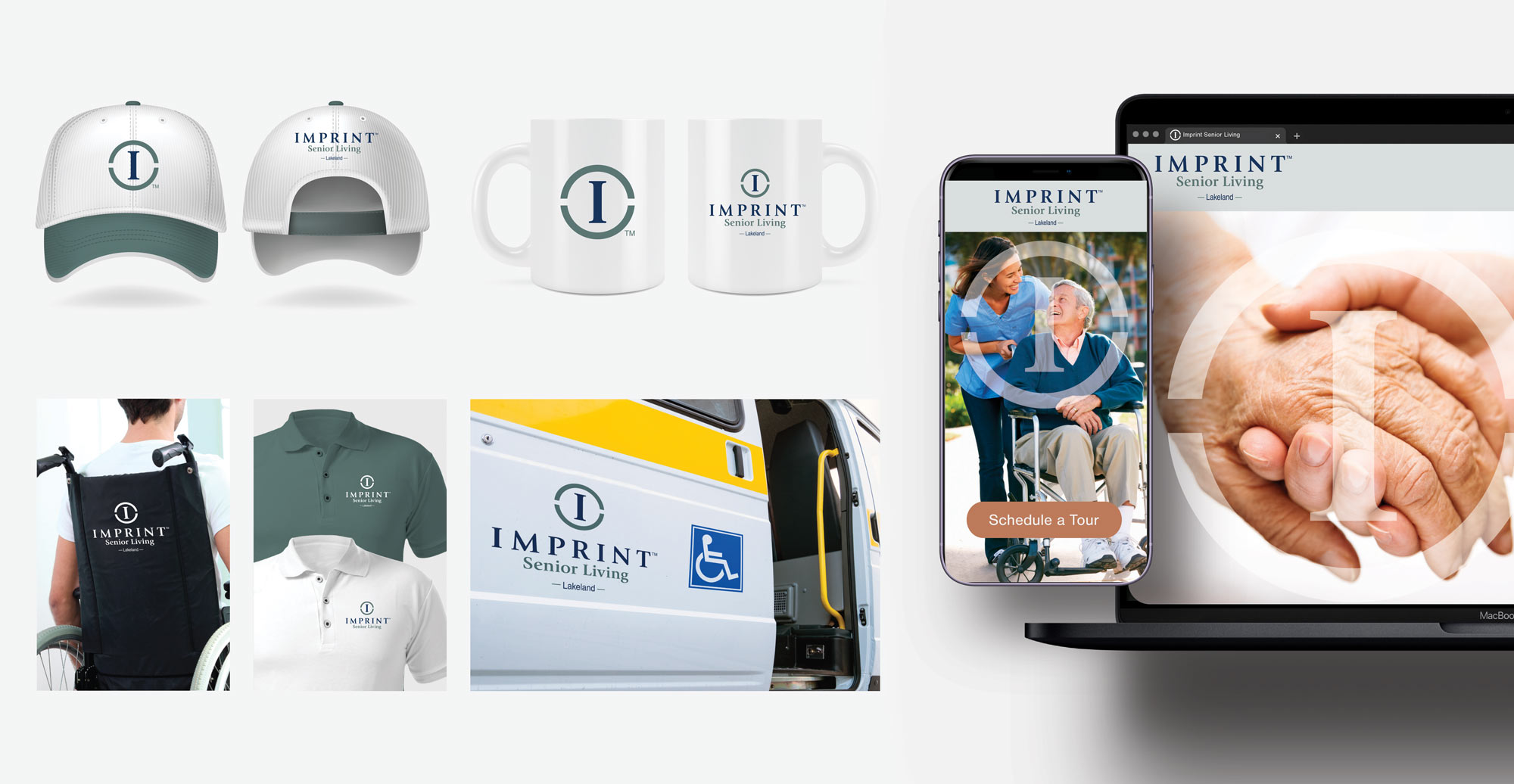In a perfect world, any and all of the messaging you distribute would be focused on record sales, rapid expansion and landing that dream client. Unfortunately, the real world doesn’t always work that way. In the real world, companies sometimes have to address things like sagging sales or stagnant growth. Worse, there are times when adverse situations like layoffs or a fire in the office unexpectedly occur.
While these situations typically come with little warning, that doesn’t mean companies still can’t control the messaging around them, using communications to help insulate the organization as best as possible. Read on as we dig deeper into the importance of a sound crisis communications strategy and detail a few best practices you must implement when navigating a crisis.

What are Crisis Communications?
Hubspot has one of the best, most succinct formal definitions of crisis communications that we’ve seen: “Crisis communication refers to the dissemination of information by an organization to address a crisis that impacts customers and/or the organization’s reputation.” As mentioned, this is how a company can control the narrative when things go wrong. It’s a critical aspect of not only public relations but also reputation management, and it requires collaboration across many different departments throughout the company.
Who Needs Crisis Communications?
In a word, everyone. All companies, regardless of size or industry, will undoubtedly face organizational turbulence at one point or another. Though any customer or employee issue could bubble up into a full-blown crisis, Hubspot writes that there are eight true categories of crisis types:
- Financial Crisis
- Personnel Crisis
- Organizational Crisis
- Technological Crisis
- Natural Crisis
- Confrontation Crisis
- Workplace Violence Crisis
- Crisis of Malevolence
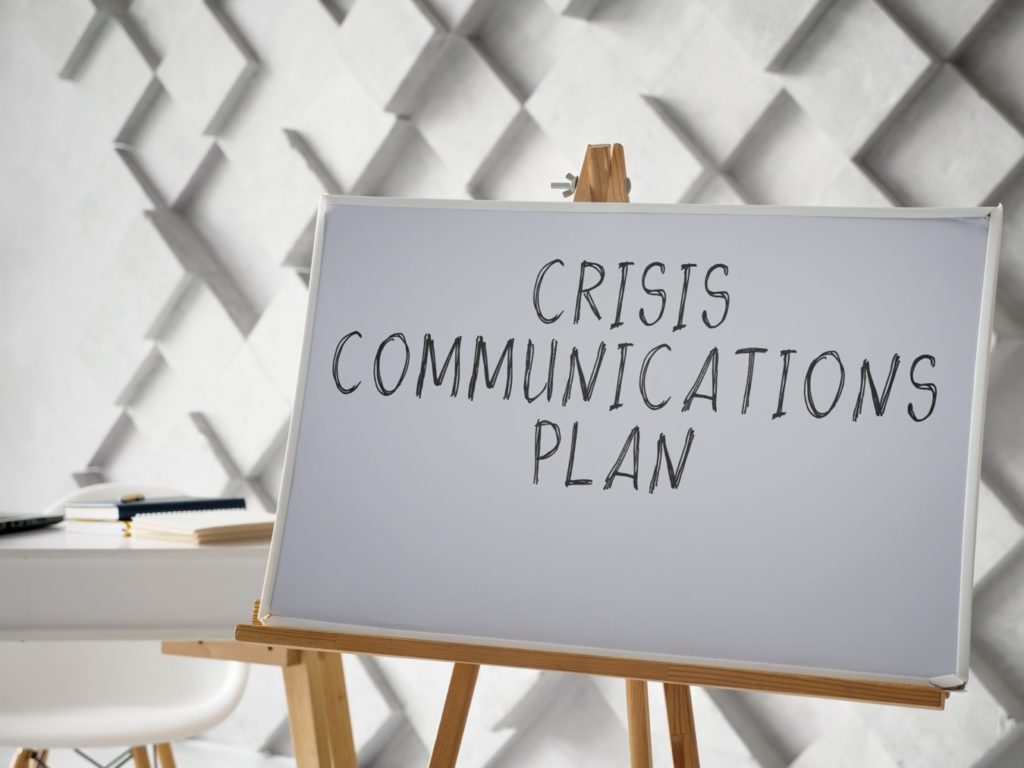
Proper Crisis Communications Planning
As mentioned, crises of this sort will often blindside a company. And that’s precisely why preparing in advance can increase the chances of your business’s crisis response going as smoothly as possible.
The first thing you’ll want to do (perhaps even using the categories listed above) is catalog the types of crises that could harm or halt your business. As you do, be sure to identify a corporate spokesperson for each type. For example, your head of HR might be your spokesperson for personnel crises, while the company president delivers messaging related to financial issues.
Next, create a crisis communications playbook with related core messaging for each category. Again, using personnel crises as an example, that messaging might center around your business’s high employee satisfaction or low turnover rates. When a crisis actually occurs, this messaging acts as the foundation of your response, with details specific to the crisis layered in as you learn them.
Best Practices for Executing When Crisis Strikes
Now that you’ve built your crisis communications playbook, you’re one step ahead of the game. But there are some things that you must do if you want to successfully navigate your next crisis. Always make sure your spokesperson is adequately briefed prior to him or her speaking with a reporter or any quote with attribution is delivered. That detail should include facts about the reporter (if an interview), the latest updates on the situation, and when and where their words might appear.
It’s not uncommon for crises to twist and turn throughout, so be sure to revisit your playbook frequently to update it with new messaging as needed. Another aspect of crisis communications that should not be forgotten is how messaging must span both external and internal audiences. As you’re developing and delivering messaging, be sure to craft language directed at your employees that is relevant to their wants, needs and questions. While the intention behind those communications is for them to remain in-house, you should be prepared for anything you say internally to make its way to the media—so be transparent and honest but cautious with your words.
Though this is a good start, there is much more to crisis communications than the few pieces we were able to touch on here. If the thought of preparing or delivering messaging related to your company’s next crisis seems daunting, Heart & Hustle Brands can help. Contact us today.
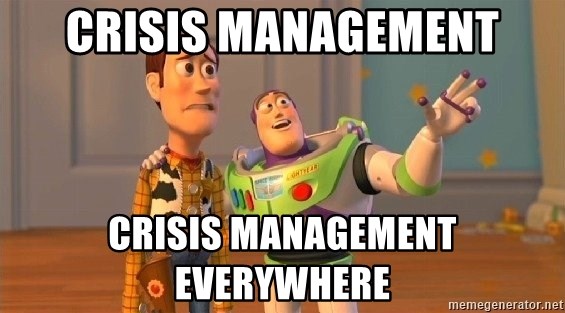

About the Author
Stacey Harrison is the lead brand strategist and designer at Heart & Hustle Brands and has provided creative direction for healthcare, industrial, and financial services brands for 20 years. She started Harrison Creative Group in 2017 to serve businesses that need a professional brand image on a budget. In 2021, the company rebranded to Heart & Hustle Brands to walk in the shoes of clients that experience a change of name or brand refresh.



